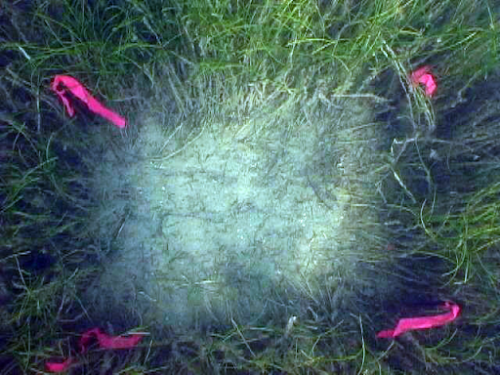New Publication Evaluates the Benefits of Marine Debris Removal
JUNE 6, 2022 — A new article titled “Ecosystem-Service Scaling Techniques to Evaluate the Benefits of Marine Debris Removal'' was recently published in the Journal of Environmental Management. It establishes a new framework to calculate the benefits of removing marine debris from the environment.
Different types of ecosystems, like marshes, coral reefs, beaches (where people recreate), and the bottom of waterways are impacted by marine debris in different ways. They also respond to marine debris removal, or cleanup, differently and present different benefits. For example, marine debris can damage submerged aquatic vegetation (SAV) by crushing or suffocating it. SAV prevents erosion, stabilizing sediments, and recycles nutrients in the environment. So when marine debris damages SAV, the ecological service losses are far-reaching.
The authors of this article, Adam Domanski and Amanda Laverty, formerly of the Marine Debris Program, developed a framework for analyzing the impacts of marine debris across different ecosystems. By drawing upon marine debris data across space and time, they were able to develop methods to quantify the benefits of marine debris removal in different scenarios.
This is important because it provides a powerful tool for natural resource managers to evaluate where, and what type, of restoration projects they should pursue. This will help ensure the greatest possible ecological benefits from restoration projects. It will also develop new ways to utilize marine debris removal restoration for Natural Resource Damage Assessment.
For more information please see the 2018 blog about this cross-OR&R effort or contact amy.uhrin@noaa.gov.
 An official website of the United States government.
An official website of the United States government.

